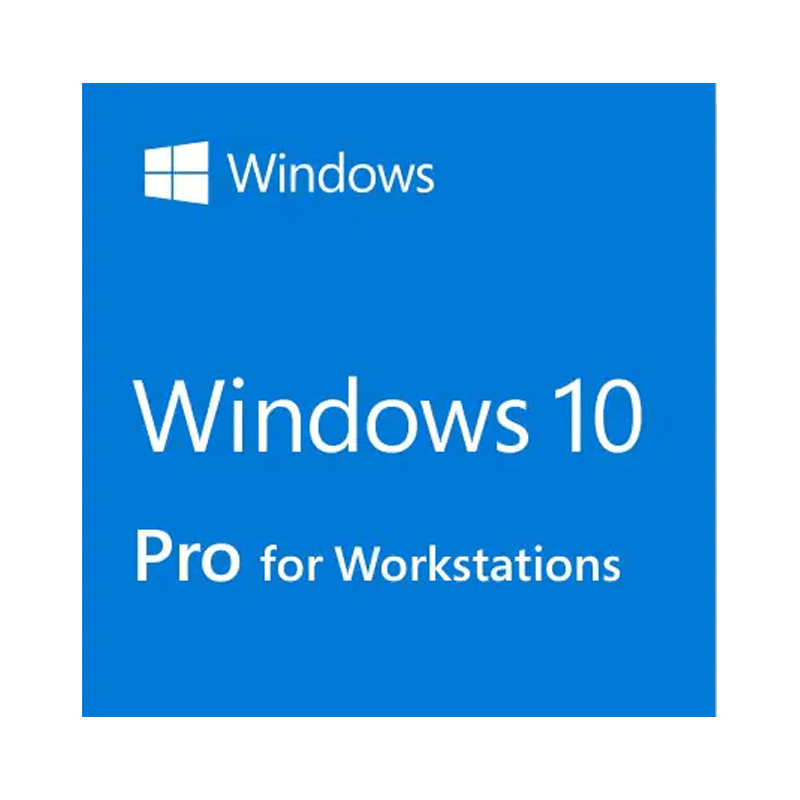

Hence, we are expanding hardware support in Windows 10 Pro for Workstations.


Increased throughput: Leverages the full throughput of high-speed networks where the network adapters coordinate the transfer of large amounts of data at line speed.For applications that access large datasets on remote SMB file shares, this feature enables: Network adapters with RDMA can function at full speed with very low latency while using minimal CPU. Faster file sharing: Windows 10 Pro for Workstations includes a feature called SMB Direct, which supports the use of network adapters that have Remote Direct Memory Access (RDMA) capability.Because NVDIMM-N is non-volatile memory, your files will still be there, even when you switch your workstation off. NVDIMM-N enables you to read and write your files with the fastest speed possible, the computer’s main memory speed. Persistent memory: Windows 10 Pro for Workstations provides the most demanding apps and data with the performance they require with non-volatile memory modules (NVDIMM-N) hardware.Using its integrity streams, ReFS detects when data becomes corrupt on one of the mirrored drives and uses a healthy copy of your data on the other drive to correct and protect your precious data. It protects your data with integrity streams on your mirrored storage spaces. ReFS is designed to be resilient to data corruption, optimized for handling large data volumes, auto-correcting, and more. ReFS (Resilient file system): ReFS provides cloud-grade resiliency for data on fault-tolerant storage spaces and easily manages very large volumes.What’s included in Windows 10 Pro for Workstations?įeatures exclusive to Windows 10 Pro for Workstations include the Resilient File System (first introduced in Windows 8) persistent memory faster file sharing through SMB Direct and support for the latest high-end workstation processors from Intel and AMD.


 0 kommentar(er)
0 kommentar(er)
